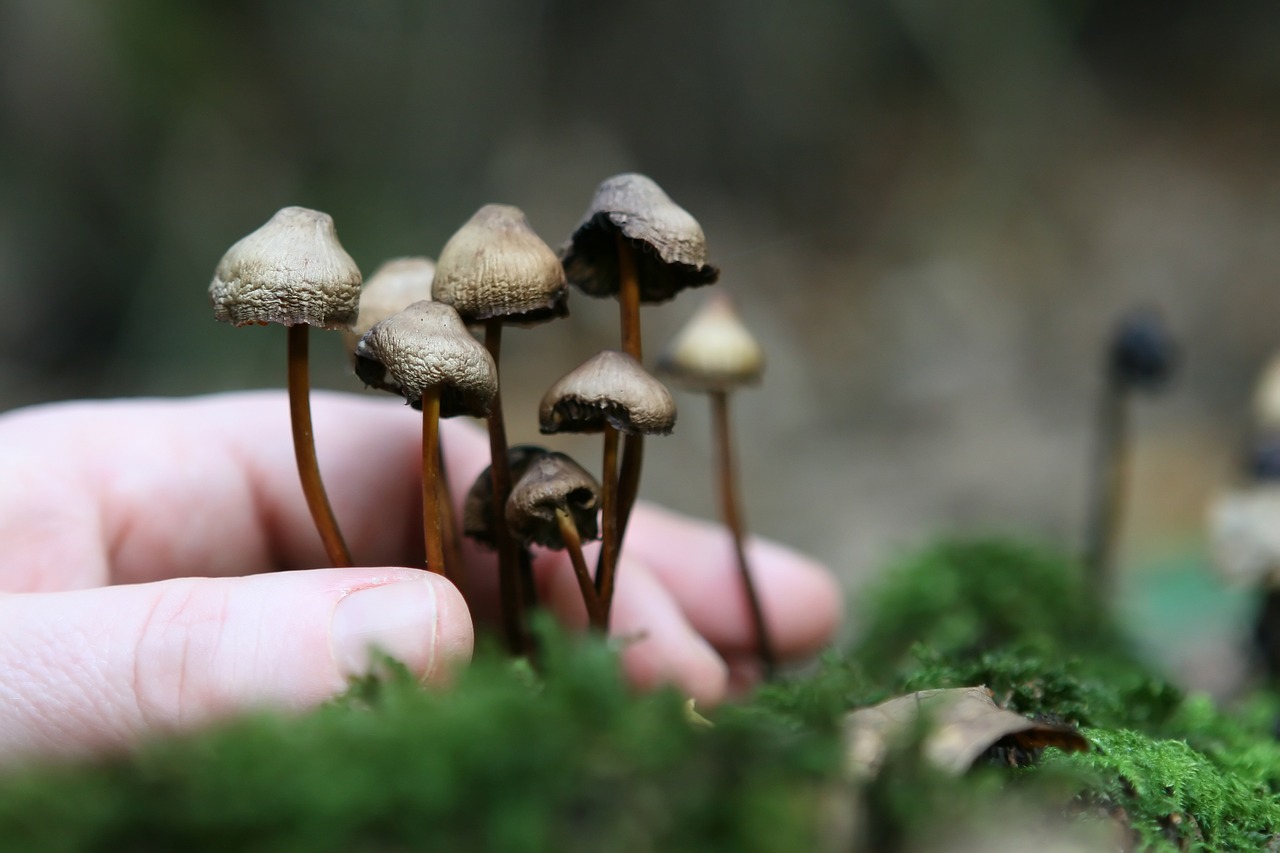Decoding the Role of Mycelium
Mycelium, essentially the fungi’s digestive system, is the root structure of fungi that extracts nutrients and converts them into a form that is readily available for the fungus. This process not only nourishes the fungus but also enriches the adjacent soil, creating a nutrient-rich biomass that can be used as an excellent mulch for gardening.
Mycelium networks play a fundamental role in the growth and health of many land-based plants, including trees, apart from their role in mushroom growth. For example, tree roots form a symbiotic relationship with fungi, where the tree provides carbon in the form of sugars to the fungi and, in return, obtains essential minerals like nitrogen and phosphorus from them. You can learn more about this interaction here.
Intriguingly, mycelium networks function as an underground communication system between plants, akin to the neural networks in our brains. Recent studies suggest that plants and trees might have elementary nervous systems that can potentially be influenced by fungi, impacting functions such as communication, memory, and learning. Additionally, mycelium enhances soil health by decomposing organic matter and neutralizing any pollutants.
For those intrigued by the idea of growing magic mushrooms, a solid understanding of mycelium development is a necessity. While the cultivation process might seem daunting for novices, acquiring knowledge about mycelium is an essential first step. Even though purchasing mushrooms from Magic Mushrooms Edmonton Canada online is a convenient alternative, understanding mycelium can elevate your cultivating experience.
The Mycelium Growth Mechanism
When fungal spores find a favorable growth environment, they start the formation of two mycelium types. The primary or monokaryotic mycelium, the first type, is distinguished by the existence of a single nucleus in each cell and is generally not visible to the human eye. The second type, referred to as secondary or dikaryotic mycelium, is visible and houses two nuclei in each cell.
When fungal spores germinate, they initially form what is known as a monokaryotic mycelium. This primary mycelium, upon contact with another compatible monokaryotic mycelium, can combine to create a secondary form known as the dikaryotic mycelium. This secondary mycelium has the unique ability to produce mushrooms or sclerotia.
Different Types of Mycelia
There are three main categories of mycelia, two of which are indicative of successful cultivation.
- Rhizomorphic mycelia extend in a string-like manner, making them easy to identify. They, like all mycelia, are composed of hyphae units. Rhizomorphs are the network formed by these grouped hyphae. Rhizomorphic mycelia first spread out and then send chemical signals back to the colony, suggesting that the area ahead is suitable for nutrient delivery. The remaining mycelia then follow. The hyphae at the tips of the rhizomorphic mycelia release peroxidase, a substance that breaks down the material in front of it for food. The hyphae then spread over the material, distributing nutrients throughout the colony. This type of mycelia is preferred by many cultivators due to its increased propensity for mushroom production as the rhizomorphic mycelia emerge from the substrate.
- Tomentose, or “Fluffy” mycelia, bear many similarities to Rhizomorphic mycelia, but have a unique arrangement of strands. Although not immediately visible, these strands are present and cluster together, giving a cotton-ball-like appearance. Whether your mycelia develop as tomentose or rhizomorphic depends largely on the growing environment. There is an ongoing discussion among cultivators about whether the type of mycelia influences the rate of growth or the yield of the harvest.
- Aerial mycelia appear when the growing conditions are not optimal. In such cases, the mycelia tend to grow outward instead of spreading across the medium or forming a ball. This type of mycelia, often mistaken for bacterial infection, can interfere with your mushroom cultivation, resulting in smaller, weaker mushrooms. Aerial mycelia typically occur due to insufficient fresh air exchange and excessive humidity.
Mycelium or Mould?
It’s crucial to distinguish between mould and mycelium. If you notice green, blue, grey, or black patches on or inside your fruiting box, it’s likely that your culture has been contaminated. Discolouration is the primary giveaway. However, blue spots might just be bruises.
Cobweb moulds are usually quite noticeable. Instead of the bright The Mycelium is usually white with a grey tinge and is characterized by a stringy, fluffy texture. Although cobweb and green moulds are not harmful to humans, they can adversely impact the health of mushrooms.
Magic Mushrooms Edmonton Canada: The Ultimate Mushroom Guide
Whenever you think of psychedelic mushrooms in Canada, let Magic Mushrooms Edmonton Canada be your first thought. We are committed to providing crucial information to ensure a safe and enjoyable mushroom journey.

 Click here for more detailed instructions on cultivating mycelium for magic mushrooms.
Click here for more detailed instructions on cultivating mycelium for magic mushrooms.



